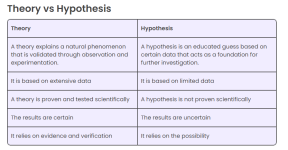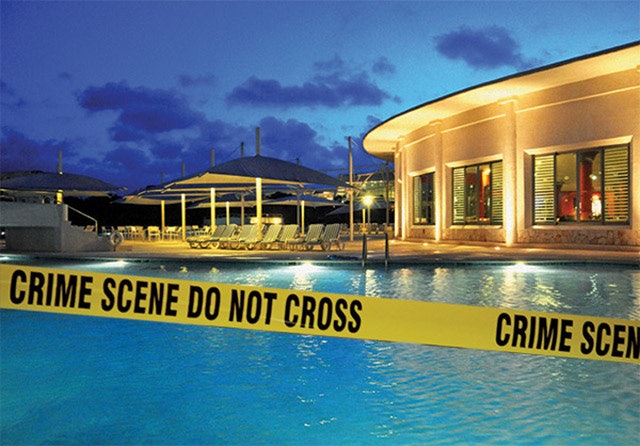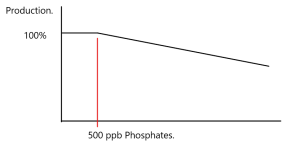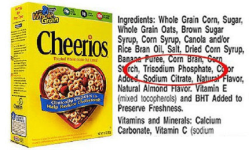I agree, but they should use the correct term (hypothesis) and not theory.Scientific discoveries often start with a hypothesis.
Studies require a specific hypothesis and properly designed tests that can support or disprove the hypothesis.
Studies usually require carefully controlled conditions and control groups.
Anecdotes and speculation can be useful if you have enough examples, but they are not sufficient to provide a conclusive determination about anything.
A hypothesis is an assumption, something proposed for the sake of argument so that it can be tested to see if it might be true.
In the scientific method, the hypothesis is constructed before any applicable research has been done, apart from a basic background review. You ask a question, read up on what has been studied before, and then form a hypothesis.
A hypothesis is usually tentative, an assumption or suggestion made strictly for the objective of being tested.
A theory, in contrast, is a principle that has been formed as an attempt to explain things that have already been substantiated by data.

This is the Difference Between a Hypothesis and a Theory
In scientific reasoning, they're two completely different things








